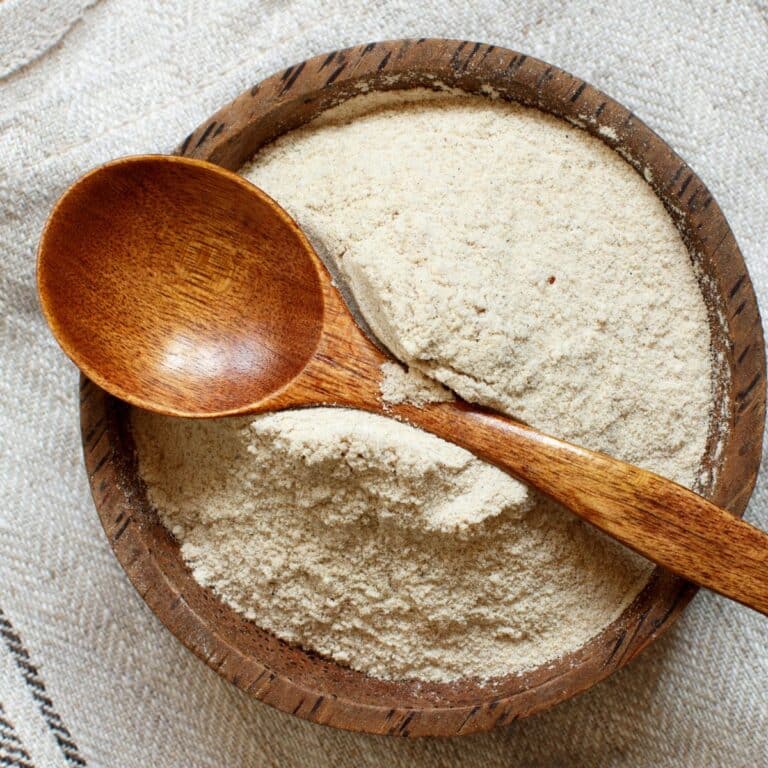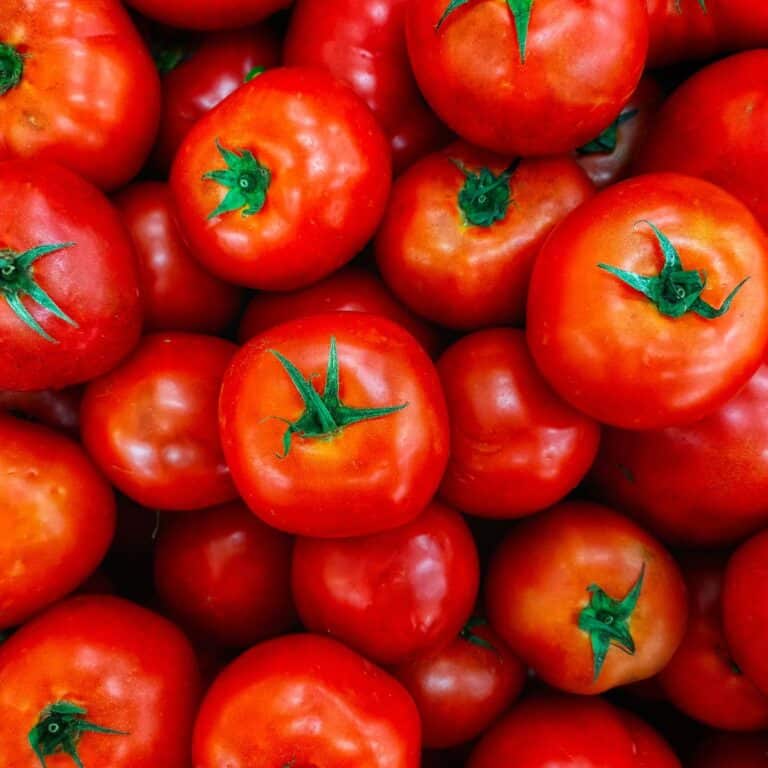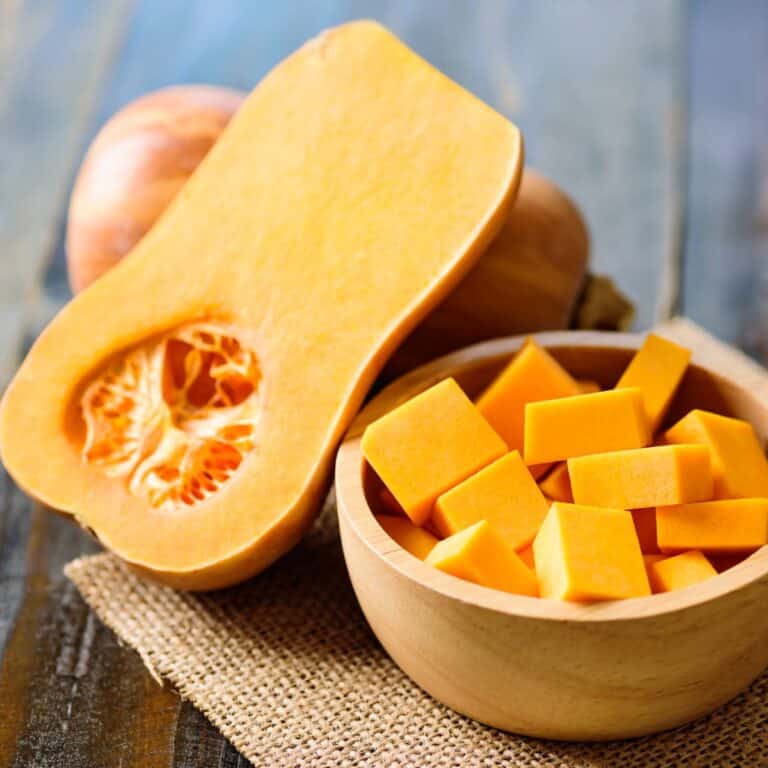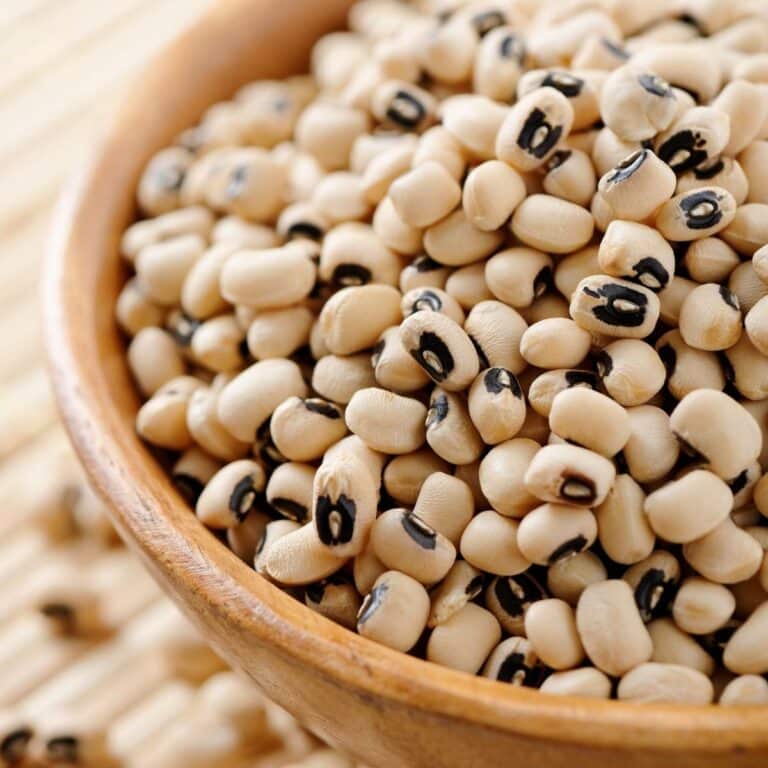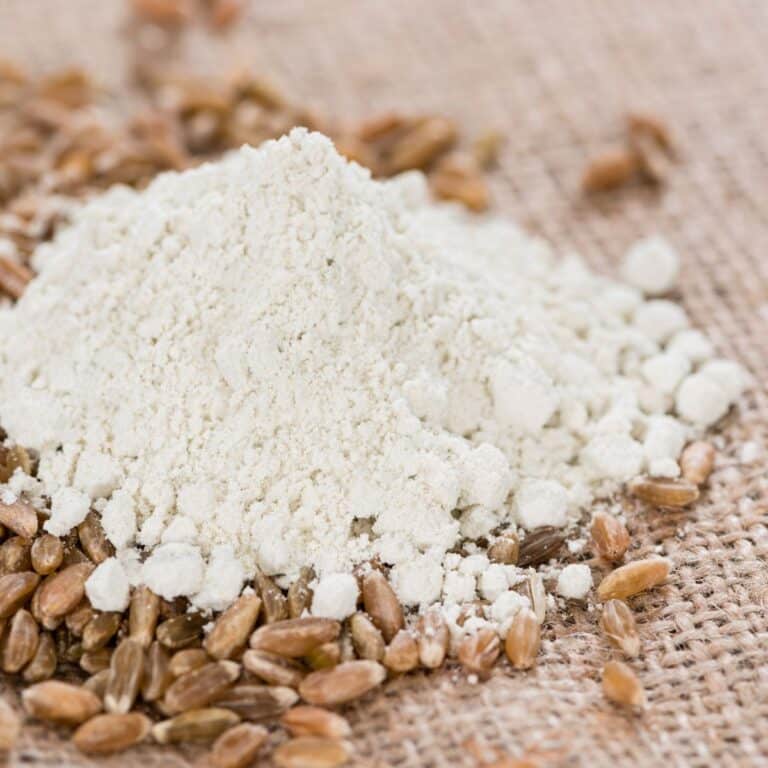Baking Soda Substitutes in Bread Baking
From the heartwarming smell that fills the kitchen to the delightful crust crunch followed by the crumb’s softness, bread baking is truly a sensory treat. Often, recipes call for baking soda to provide lift and leavening, but what if you’re out of this pantry staple or want to experiment with different ingredients?
Fortunately, you can incorporate numerous baking soda substitutes into your bread baking.
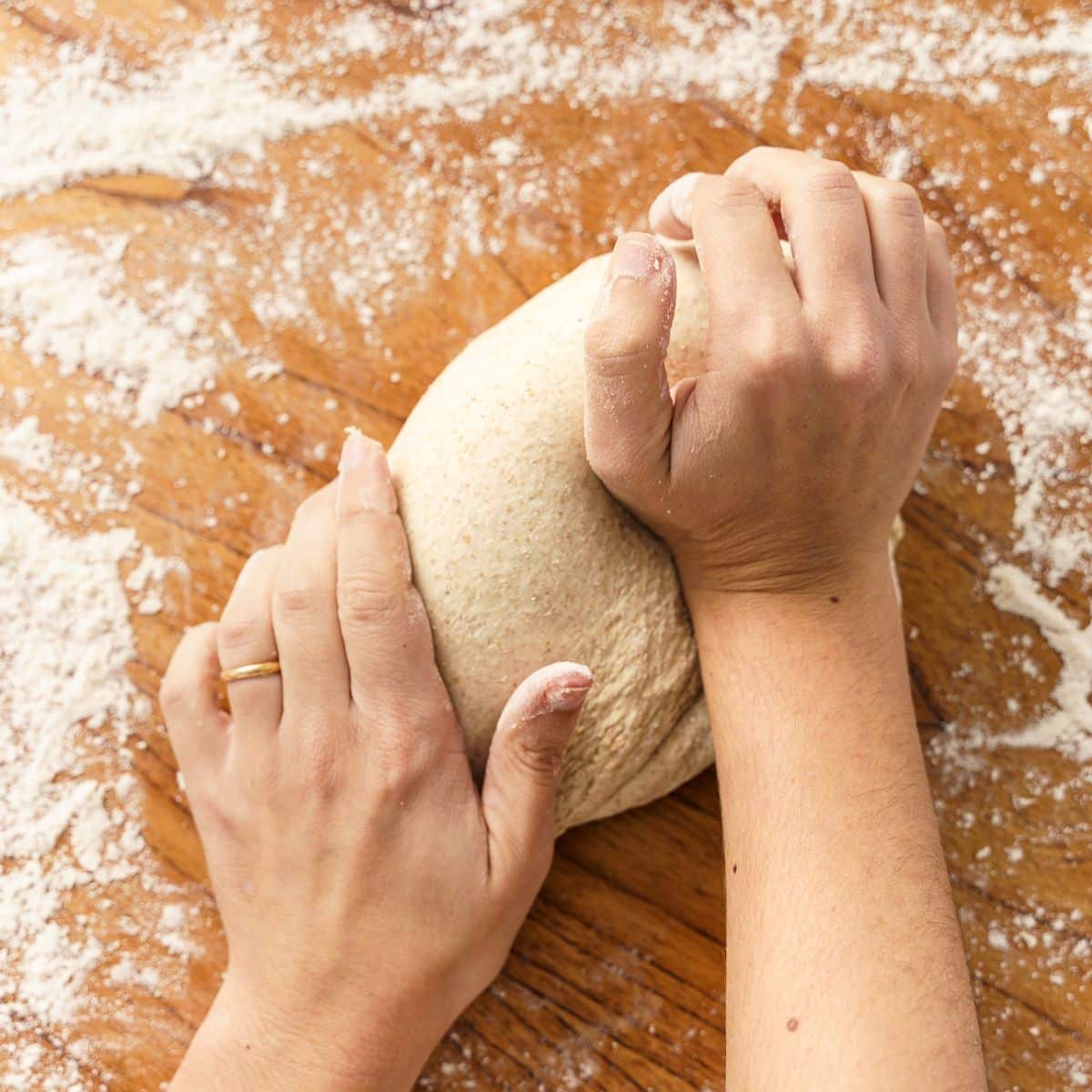
Understanding the Role of Baking Soda in Bread Making
Baking soda, or sodium bicarbonate, is a powerful leavening agent used in many bread recipes. When mixed with acidic ingredients like buttermilk, lemon juice, or vinegar, it creates carbon dioxide gas. This chemical reaction provides the rise in the dough, creating a light, airy texture in the final product.
However, there may be times when baking soda isn’t available or isn’t the desired option. Dietary restrictions, flavor profiles, or simply wanting to try something new can all warrant the use of substitutes.
Common Baking Soda Substitutes
1. Baking Powder
Baking powder is the most common substitute for baking soda. It is actually made from baking soda mixed with a dry acid and usually contains starch to absorb moisture. It can substitute baking soda in a 1:3 ratio (for every 1 teaspoon of baking soda, use 3 teaspoons of baking powder).
However, this substitute may slightly alter the taste and texture of your bread due to its additional ingredients.
2. Yeast
Yeast is a natural leavening agent that’s been used in bread making for centuries. Unlike baking soda, yeast needs time to ferment and generate gases that lift the dough. When using yeast as a baking soda substitute, remember to adjust your recipe to account for rising time.
You’ll typically need about 2 1/4 teaspoons of active dry yeast for every teaspoon of baking soda.
3. Sourdough Starter
A sourdough starter is a mix of flour and water that has been fermented with wild yeasts and bacteria. It offers a complex, tangy flavor to your bread. The rule of thumb is to replace 1 teaspoon of baking soda with 1 cup of sourdough starter.
You’ll need to reduce the quantities of flour and liquid in your recipe to compensate for the starter. The leavening time will also increase due to the slower fermentation process of wild yeasts.
4. Buttermilk or Yogurt
When using buttermilk or yogurt as a baking soda substitute, it’s important to note that these ingredients are acidic and usually react with baking soda to produce the rise in your dough. By themselves, they can’t provide the same lift. However, they can work effectively with other leavening agents like baking powder or yeast.
For each teaspoon of baking soda, you can use 1/2 cup of buttermilk or yogurt, reducing the other liquids in your recipe accordingly.
Adapting Your Recipe to a Baking Soda Substitute
While it’s possible to replace baking soda with a variety of other ingredients, it’s crucial to remember that this may change the flavor, texture, and rising time of your bread.
Experimenting with baking soda substitutes often means adjusting other aspects of your recipe, including ingredients and baking times. Remember, bread making is both a science and an art. Trust your instincts, and don’t be afraid to experiment.
When using yeast or a sourdough starter, allow for longer rising times. If you’re using baking powder, remember that it can affect the taste of your bread, and it might require you to adjust the quantities of other ingredients.
With buttermilk or yogurt, remember to decrease the amount of other liquids in your recipe.
Exploring the Potential of Unconventional Baking Soda Substitutes
While baking powder, yeast, and sourdough starters are popular replacements for baking soda, a few other less conventional substitutes are worth exploring.
6. Club Soda
Club soda contains bicarbonate, just like baking soda. It can provide some lift when heated, making it a potential substitute in bread recipes. While it might not give as much rise as other substitutes, club soda can still serve in a pinch.
The amount to use will vary based on the recipe, but a good rule of thumb is to replace the liquid in the recipe with club soda.
7. Egg Whites
Whipped egg whites can also help provide lift and lightness to bread. The air beaten into the egg whites expands when heated, creating a fluffy texture. This method is especially useful in quickbreads and muffins.
For each teaspoon of baking soda, substitute with two whipped egg whites.
8. Vinegar
Like buttermilk and yogurt, vinegar is acidic and often reacts with baking soda to produce leavening. On its own, vinegar will not give the same rise, but when paired with baking powder, it can create a substantial lift.
Substitute 1/2 teaspoon of vinegar (preferably a mild-tasting one like apple cider vinegar) plus 1/4 teaspoon of baking powder for each teaspoon of baking soda.
Conclusion
Understanding the chemistry of bread baking allows home bakers to experiment and adapt recipes based on available ingredients. Substituting baking soda in bread baking is entirely possible, but it requires mindful adjustments to maintain the texture and flavor.
From traditional substitutes like baking powder and yeast to unconventional options such as club soda, whipped egg whites, and vinegar, there are myriad of avenues to explore in the world of bread baking.
The most crucial aspect is to enjoy the process, be open to creativity, and remember that each alteration is a step towards crafting your unique bread recipe. The joy of baking lies in experimentation and the delicious surprises it often brings. Enjoy the journey of discovery in your bread-baking adventures!
